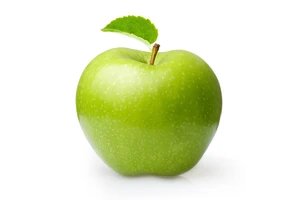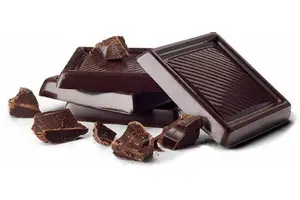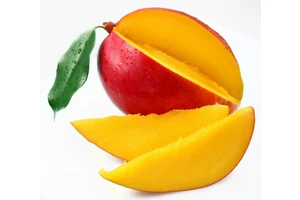Orange flavor is a sweet and tangy citrus taste originating from the modern orange fruit, which developed from a sour, wild Chinese ancestor. It's characterized by a bright, refreshing, and sometimes floral quality, enhanced by its fresh aroma, juicy texture, and high vitamin C content. The flavor can range from sweet to sweet-tart and is influenced by volatile compounds that evaporate over time, making freshly squeezed juice have a more vibrant taste.
Key Characteristics
- Sweet and Tangy: The dominant notes are a pleasant sweetness balanced by a refreshing tartness.
- Aromatic and Zesty: It has a distinct fresh, citrusy aroma and a bracing zestiness.
- Floral and Nectar Undertones: Some describe subtle floral or sweet nectar notes alongside the acidity.
- Juicy Texture: The mouthfeel is often described as juicy and luscious.
Origin and History
- The modern orange fruit is a descendant of an ancient, sour-tasting wild Chinese ancestor.
- Oranges are cultivated in tropical and subtropical regions and are enjoyed globally.
Factors Influencing Flavor
Freshness:
Freshly squeezed orange juice has a more vibrant and complex flavor due to volatile aromatic compounds that diminish over time.
Variety:
Different orange varieties, such as Valencia oranges, can have variations in their sweet-tart balance.
Natural Compounds:
The flavor profile is composed of various tastes and smells, and the genetic and chemical makeup of the fruit influences these.
Uses of Orange Flavor
- Fresh Consumption: Oranges are often eaten fresh or juiced for their refreshing taste.
- Flavorings and Confections: The fruit's flavor and aroma are used in marmalades, flavorings, and sweet treats.
- Beverages: It's a popular flavor for juices, sodas, and alcoholic drinks.






